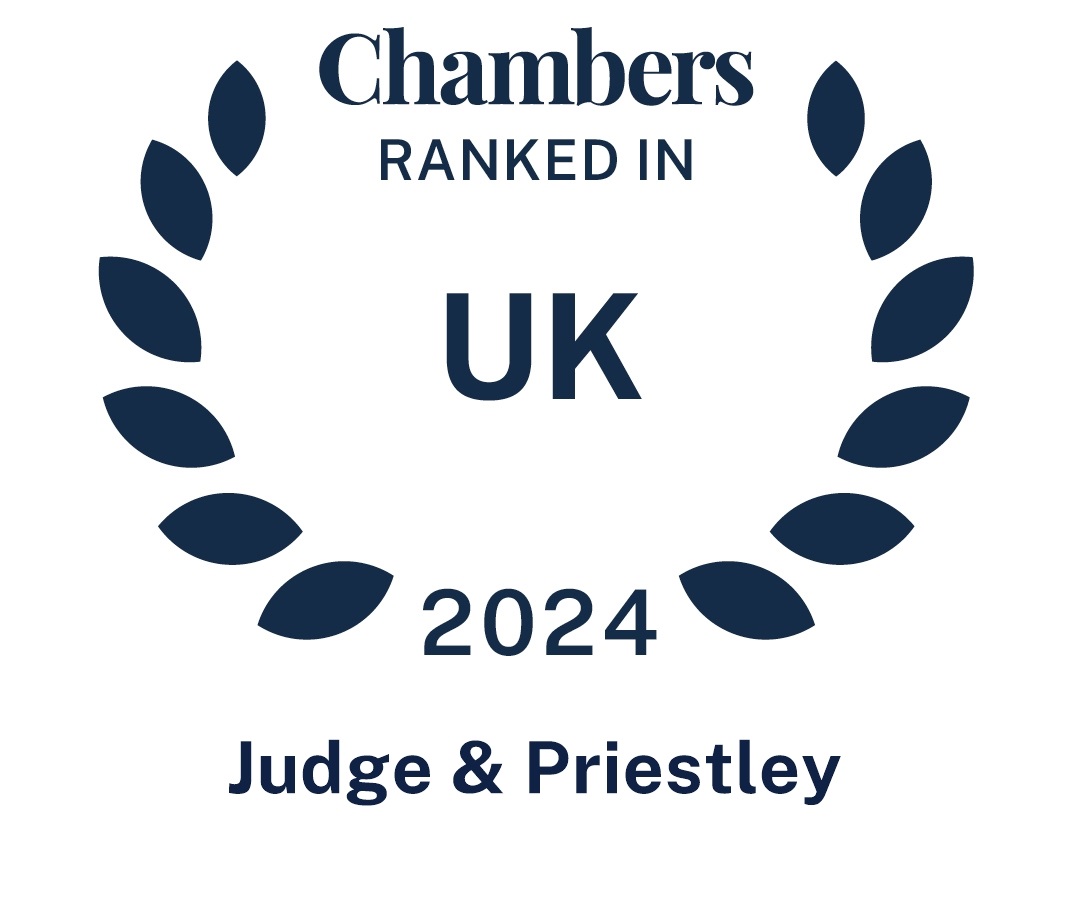- Bromley020 8290 0333
Meter cupboards are within the demised premises
The Upper Tribunal (Lands Chamber) (UT) has been asked to consider appeals about the extent of maintenance for which a landlord is responsible in relation to demised premises.
The cases, Buttermere Court Freehold Ltd v David Goldstrom and Andrew Parissis, and Blair Court Freehold Limited v Andrew Parissis, are both appeals from decisions that were made on applications by the respective freeholders of Blair Court and Buttermere Court, both on Boundary Road, London NW8 6NT.
The applications were for a determination of the liability of the identical lessees of the 77 flats at Buttermere Court and the 78 flats at Blair Court to pay a service charge in respect of the repair, maintenance and decoration of the internal front doors of the flats and the meter cupboards adjacent to those doors. The First Tier Tribunal (FTT) had to construe the leases to decide whether the front doors, and the meter cupboards, were within the demise to the tenant in each case, and then to decide the parties’ obligations in the light of the terms of the leases.
The FTT decided that the landlord’s obligation was only to decorate the parts of the building that were not demised to tenants. As to the meter cupboards, in relation to which permission to appeal was given, the FTT’s decision was that they are not demised to the tenants, and that responsibility for their maintenance, repair and decoration therefore lay with the landlord of each block.
The appellants challenged the FTT’s decision in relation only to the interior of the cupboards, which they said belonged to the lessees; they accepted the FTT’s decision so far as the doors of the cupboards were concerned.
The Upper Tribunal (UT) said the FTT’s task was to construe the leases by reference to what the leases (including their plans) said. Only if the leases were ambiguous was it permissible to refer to other evidence of the intentions of the parties at the time the lease was granted. The UT concluded that the lease was not ambiguous. It did not mention the cupboards, any more than it mentioned the kitchen or the bedroom, but the cupboards were unambiguously within the red edging on the plan.
There was no need for the cupboards to comprise “habitable space”; and there would be no special difficulty for the landlord in enforcing obligations of the tenant relating to the interior of the cupboard. The UT took the view that the FTT’s reasons for rejecting the unambiguous evidence of the plan were irrational and its decision had to be set aside. The interior of the cupboards was for the leaseholders to maintain.









